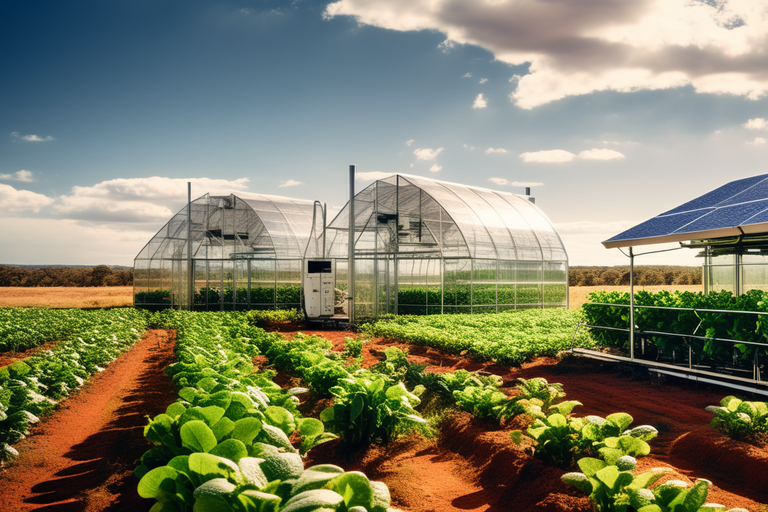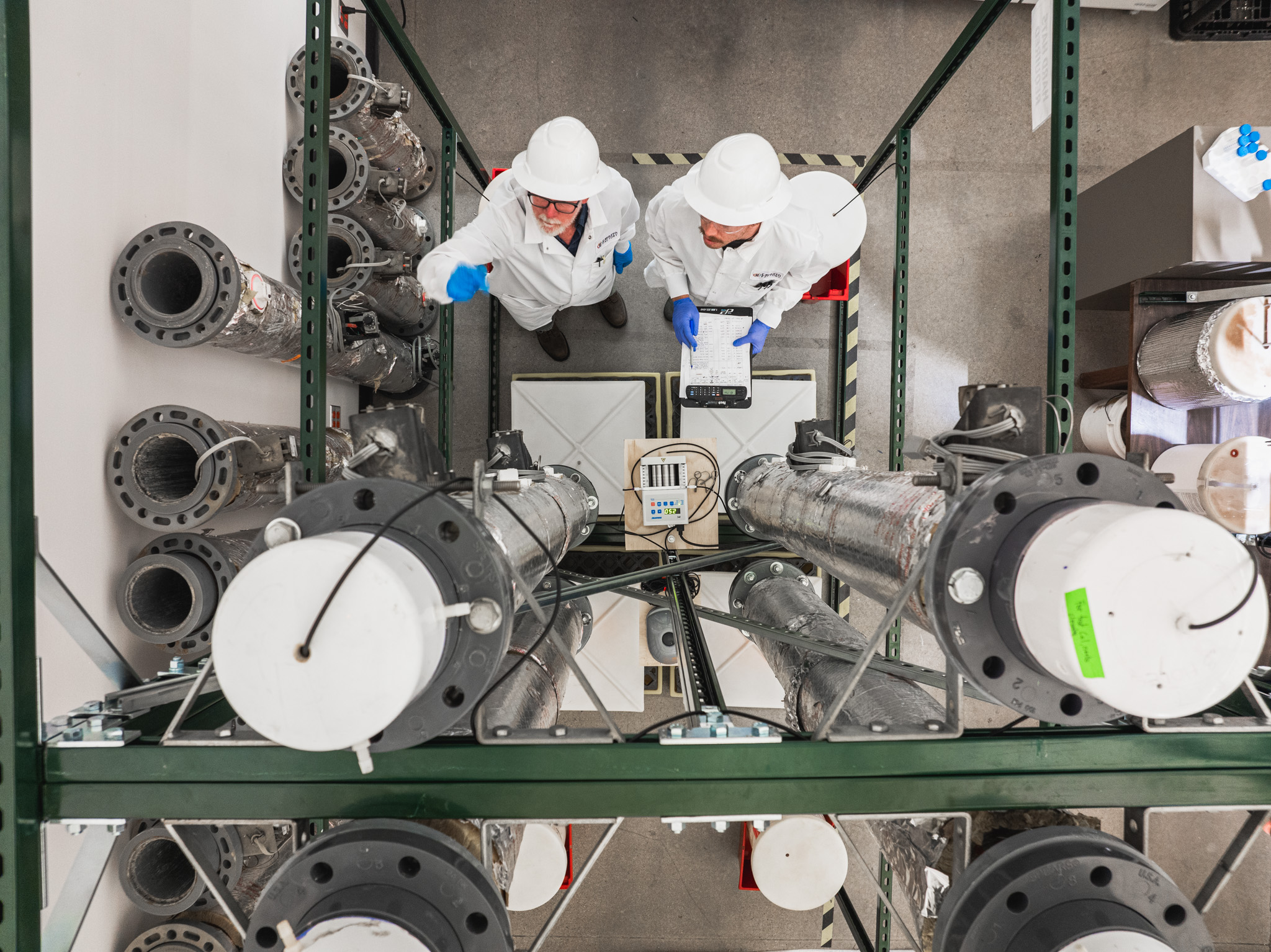Australia, a land renowned for its natural wonders, has been experiencing the adverse impacts of climate change in recent years. From catastrophic bushfires and extreme heat waves to unprecedented floods, the country’s unique ecosystems and landscapes have borne the brunt of these environmental challenges. The urgency to address climate change issues as well as increasing awareness around climate change have sparked a surge in climate tech initiatives, positioning Australia as a key player in the global movement towards sustainable solutions.
Australia’s vulnerability to climate-related disasters has spurred a wave of innovation in climate technology. The nation’s flat, dry, and sunny landscape, particularly in the Red Centre, has become an ideal canvas for harnessing renewable energy. Large-scale solar and wind farms have proliferated across the country, propelling renewable energy generation from 16% in 2011 to an impressive 32% in 2022. The government’s ambitious target of achieving 82% renewable energy in the grid by 2030 reflects a commitment to combat climate change.
According to Jack Curtis, Chief Commercial Officer at Neara, a company specialising in infrastructure resilience, there exists a perfect convergence of environmental issues, policy support, and technological readiness that positions Australian climate tech for substantial growth in the next five years. However, the looming challenge lies in securing adequate capital to scale these promising startups.
While there is a palpable enthusiasm for climate tech in Australia, the lack of sufficient capital poses a substantial obstacle. Startups face challenges in securing significant investments necessary for scaling operations. Despite a positive trend in funding, with $116 million raised in Q3 2023 alone, there is still a considerable gap to bridge.

The Climate Salad report indicates that in 2022, climate tech in Australia raised $553 million, a significant increase from $338 million in 2021. However, the goal of reaching $1.5 billion in 2023 fell short due to delayed and unsuccessful capital raises. The key to the future success of these startups lies in overcoming the hurdle of securing substantial investments.
At the COP28 Summit in 2023, the Australian government reaffirmed its commitment to a clean energy future, signalling its determination to lead on climate action globally. Furthermore, Australia’s bid to host the prestigious COP31 summit in 2026 underscores the nation’s dedication to driving international collaboration and innovation in the climate tech sector.
Virescent Ventures, Australia’s largest climate tech VC fund, is playing a crucial role by supporting climate tech companies on behalf of the Clean Energy Corporation. Notable investments, such as the $23 million Series A funding round for Novalith Technologies, demonstrate the sector’s potential for groundbreaking solutions, including novel lithium extraction processes.
Despite the positive momentum, Australia faces challenges in securing long-term funding commitments and establishing a comprehensive legislative framework for climate tech. The Technology Investment Roadmap earmarks $20 billion for low-emissions technology investment until 2030, but the absence of post-election certainty and longer-term plans creates a disconnect with investors.
The potential brain drain, as highlighted by Sally-Ann William of Cicada Innovations, emphasizes the need for a bold and enduring national legislative infrastructure to guide, regulate, and evaluate climate tech funding. Initiatives such as the US Inflation Reduction Act (IRA) pose competition, driving Australian entrepreneurs offshore.
Amidst these challenges, the climate tech sector in Australia presents a promising opportunity for investors. The Riverside Company’s success with the $1.8 billion deal for Energy Exemplar showcases the financial gains possible in the climate tech sector. ASX climate stocks are surging due to the global shift towards a low-carbon future, attracting private investors and creating a positive trajectory for the sector.
The 2023 Australian Climate Tech Industry Report reveals the resilience of the sector, with total capital raised increasing by 64% from $338 million in 2021 to $553 million in 2022. The growth in the industry has not only created over 3000 new jobs but is also expected to generate an additional 2400 jobs in 2024, representing an 80% surge, with 17% of these jobs in regional areas.
To realise its climate tech ambitions, Australia must adopt a multi-faceted approach. The establishment of federal and state Climate Tech Acts, akin to the IRA, could catalyse public-private partnerships and climate tech funds, providing the necessary capital for R&D, commercialization, and scaling up of sustainable technologies.
Such legislation would facilitate collaborations between government agencies, academic institutions, and private industries, fostering a unified effort to accelerate progress. The allure of attracting and retaining top-tier talent would make the sector more valuable for investors in both private and public markets, aligning with Australia’s goal to host COP31 in 2026.
In conclusion, Australia stands at the crossroads of a burgeoning climate tech surge, with the potential to become a global hub for climate solutions. Navigating challenges such as securing long-term funding and establishing legislative frameworks will be crucial for realising the nation’s clean energy future and leading the charge on climate action worldwide. The next few years will be pivotal in determining whether Australia can transform its climate tech potential into a sustainable and globally impactful reality.
To stay informed about the climate industry explore our latest climate news.








